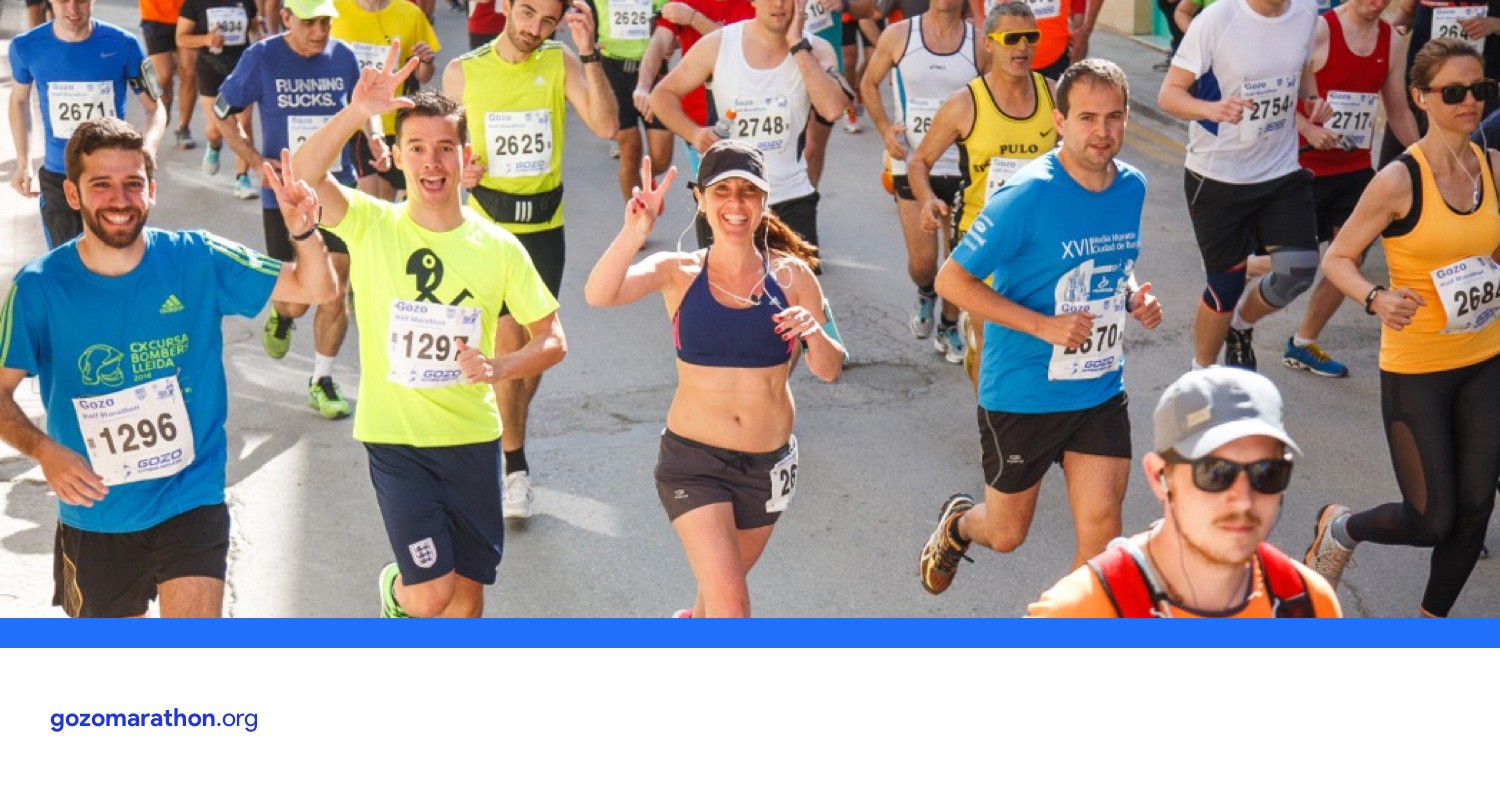
How to actually start running, from talk to walk, (to run):
Whatever your motivation to contemplate running, I find it is always better to train with a goal in mind. Signing up for a race is always a good incentive to stick to your training goals. First and foremost, medical clearance should be confirmed by your local doctor.
One must bear in mind one’s current physical condition before setting a target. If you are reasonably active and not too overweight, a four to six-week training program should be enough to prepare you for your race.
Now a reasonable time needs to be allowed for your training to kick in and your body to adapt to the load you are setting for it. My general advice would be to slowly increase the running distances you are ready to face in a race. Slowly build up from 5km races to 10km and other middle distances, before actually committing to a half marathon or full marathon.
Now online you can find a myriad of training plans that claim to be able to guide you from a sedentary lifestyle to a 5km race but it is always better to seek advice from a local running club or coach who can tailor your training to your current needs. We are all unique and there is no one formula that fits all. If you decide to go it alone anyway, start slowly and increase your training load gradually. How much training is sufficient? I would start out with three days a week spread out enough to allow for recovery. Do not increase your time or distance by more than 10 to 20% each week.
As a physiotherapist, I guide my clients to prevent injury and work on treating the injured. When starting a sport like running, there is a tendency to always repeat the same movements. This can lead to repetitive stress injuries in the case of incorrect running form and/or body mechanics. I find it is always better to mix up running training with strength workouts and other sports. This allows the body to move in different ways and not to settle into one pattern of movement. It also helps strengthen muscle groups which might help improve your running performance and results. I always recommend that a good warm up and cool down routine are followed as an adjunct to every workout.
Recent research suggests that a dynamic warm-up involving whole body movements before a workout can prepare your muscles, raise body temperature, prime your neuromuscular control and even improve athletic performance. In the case of runners, a dynamic warm-up would entail mobility exercises such as hip circles, walking lunges, and butt kicks to activate the muscle groups used in running. It is highly recommended that static stretches are avoided before a workout and should rather be used afterwards when finishing off your cool down. As a rule of thumb, I like to add some core work at the end of each running session to help improve my body control and running performance. I finish off by holding static stretches for 30 seconds and try to target all major muscle groups.
Finally, I would like to encourage you all to just enjoy running, walking or whatever you like doing to keep active. Celebrate the fact that you can do what you enjoy, and be safe. If you think something is wrong please consult a physiotherapist before it becomes too serious and stops you having fun! Till next time.
This is Simon Cilia’s second blog in preparation for the 2019 Teamsport Gozo Half Marathon.